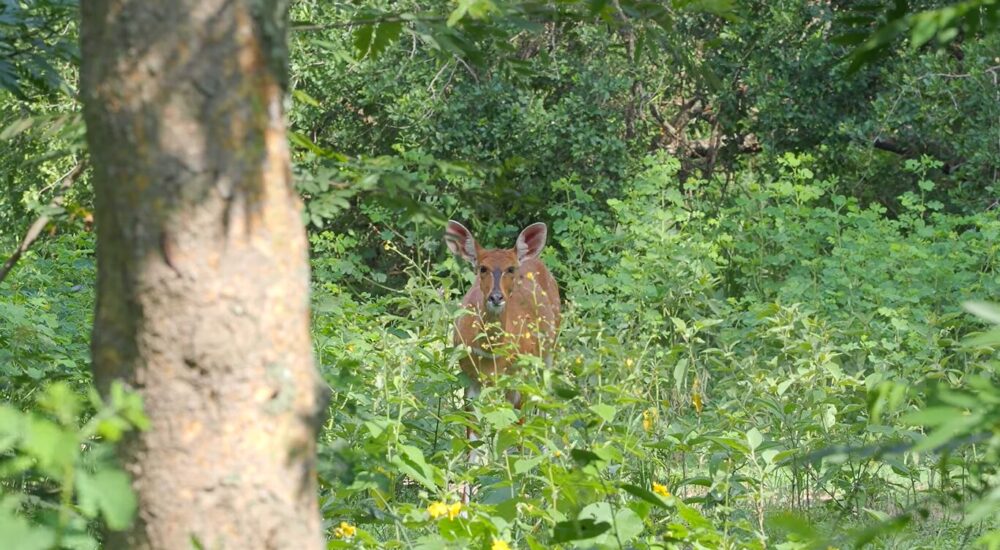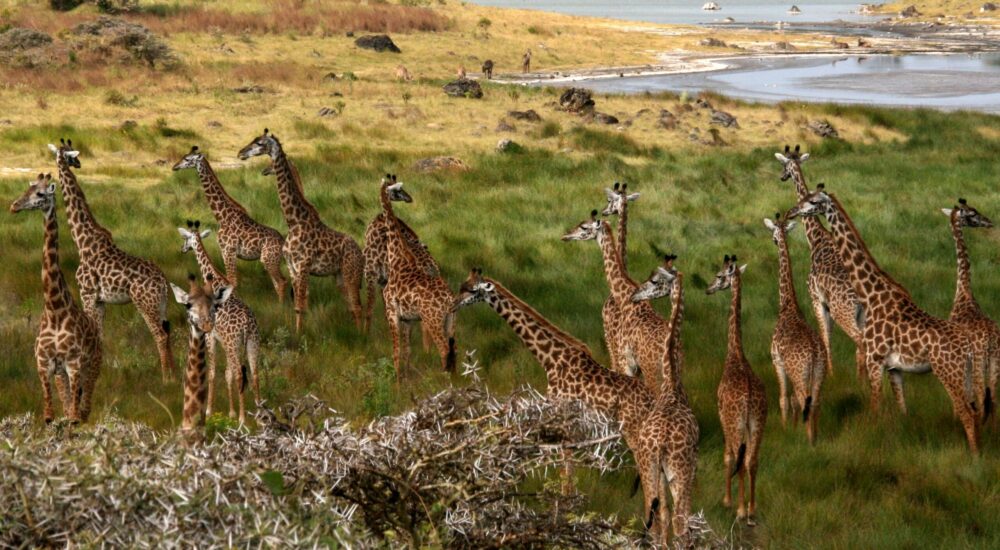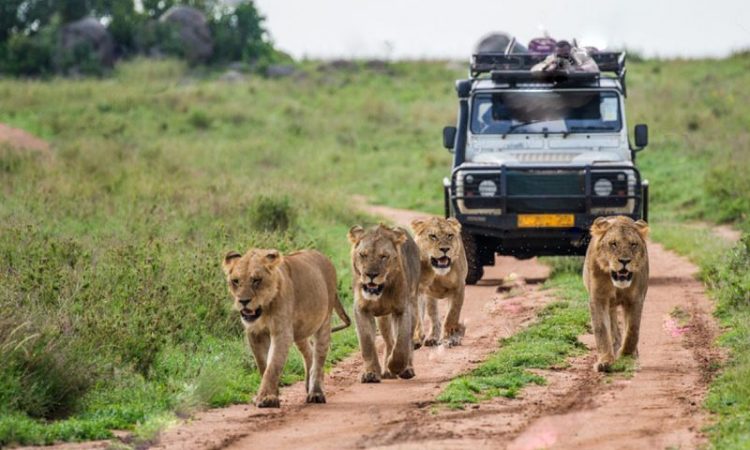Are you dreaming of a wildlife adventure in East Africa? Planning your safari for 2025…
Birding trips in Bwindi impenetrable National Park
Birding trips in Bwindi impenetrable National Park – Albertine rift endemics in Uganda.
The Bwindi Impenetrable National Park, more often known as the Bwindi Forest, is one of the best places in Africa to go birding. The Africa Bird Club has ranked it as the best birding area in the continent. If you’re only able to visit one park in Uganda for birdwatching and time is of the essence, make it Bwindi. The forest is a great place to go birdwatching since there are paths that go to various spots, such as the waterfall trail.
There are over 350 bird species in the area, including 23 that are unique to the Albertine Rift and 14 that are found nowhere else in Uganda. In the villages, you may find fantastic site guides who are experts on the local avian fauna, particularly the unique species. These will accompany you on your journey through the woods.
Located in the country’s southwestern region, Bwindi Impenetrable Forest National Park is on the edge of the rift valley, also known as the impenetrable forest. On the western side, the park shares a border with the Democratic Republic of the Congo (DRC). The closest major town to the park, Kabale town to the southeast, is 29 kilometers away by road.
Situated at a height of 1,190 to 2,607 meters above sea level, this enchanting park encompasses 331 square kilometers and is situated in the highest regions of the Kigezi highlands. More than 60% of this park is located at an elevation of more than 2,000 meters. At its eastern boundary is Rwamunyonyi hill, the park’s highest point, while at its northern tip lies the park’s lowest point.
More than half of the world’s surviving Mountain Gorilla population calls the Bwindi Impenetrable Forest home. The forest rose to international fame as a result of gorilla tracking. There are less than 800 Mountain Gorillas left in the world, and this forest is home to more than 360 of them.
These gentle primates are in risk of extinction. Poaching, habitat degradation, and illnesses have put them in a very precarious position. Among all of Uganda’s national parks, this one brings in more money for the Uganda Wildlife Authority than any other.
One of the most popular things to do in Uganda and East Africa is to go gorilla tracking at Bwindi National Park, a world heritage site. There are many gorilla families available, and each one may accommodate up to eight guests each day.
They call four sections of Bwindi National Park—Buhoma in the north, Ruhija in the east, Nkuringo in the south, and Rushaga in the south—home. The Uganda Wildlife Authority, the government agency in charge of all Ugandan national parks, ensures the safety of these communities.
The average yearly temperature ranges from 7–15°C to 20–27°C in Bwindi Impenetrable National Park, making it a classic tropical rain forest. The average yearly rainfall falls around between 1,400 and 1,900 millimeters. March–April and September–November have the most precipitation.
Numerous tourist features, such as waterfalls, swamps, and rivers (such as the Ntegyere and Ishasha rivers), which flow in different directions to the north, west, and south, are threatening its survival.
The north and south parts of what is now known as Bwindi National Park were originally planned as the Kasatora royal Forest in 1932, when the park was dubbed royal forest. It was a forest reserve owned by the Ugandan government and had an area of 207 square kilometers.
![]()
Bwindi Impenetrable Forest National Park, which was created in 1991 and now occupies 330.8 km², is home to a plethora of mountain gorillas. The Batwa people, who were barred from entering the national park during forest reserve, were greatly affected.
Mountain gorillas call the forest reserve that makes up the national park their home. From 1960 to 1970, a significant number of mountain gorillas were taken captive, and unfortunately, no offspring of these animals were able to survive. This park is home to the largest wildlife community in East Africa.
Excursions into Nature
Natural forest reserve Bwindi Impenetrable National Park offers visitors a variety of hiking paths that take them through the park’s breathtaking forest, wetlands, rivers, and waterfalls. Along the way, they may see colobus monkeys, black monkeys, blue monkeys, and many other primates that they would have missed when trekking with the gorillas.
Gorilla trekking safaris.
The highlight of our Uganda safari packages is a visit to Bwindi Impenetrable Forest National Park, home to more than seventeen gorilla families. Tourists may visit each family once a day, with a maximum of eight people per group.
Depending on your location, gorilla trekking might take anything from thirty minutes to three quarters of a day. Once you locate the gorillas, you are permitted to spend an hour with them. The price of a gorilla trekking permit is a mere USD 800.00 per excursion. Trekking with gorillas requires a certain degree of physical condition.
Experience with Habituating Gorillas
Tourists interested in gorilla habituation can do so at Bwindi National Park for USD1500.00 per person, per trek. The experience lasts four hours and includes interactions with researchers who teach visitors about the monkeys’ habits and daily lives.
Keep in mind that the four hours will begin to tick off the clock the moment you come across their new paths that strengthen the team you began your journey with. For information about birding excursions to Uganda’s Bwindi Impenetrable National Park, get in touch with Monumental Expeditions and Safaris.


